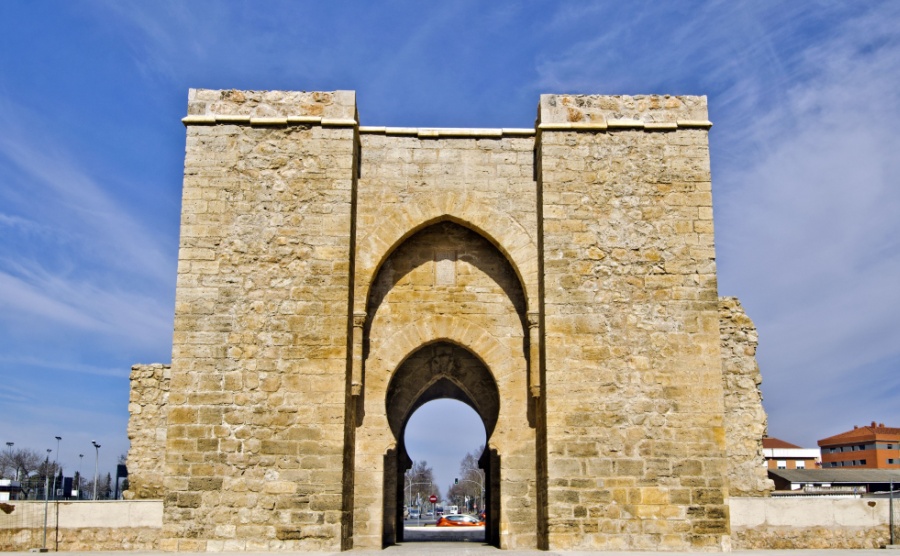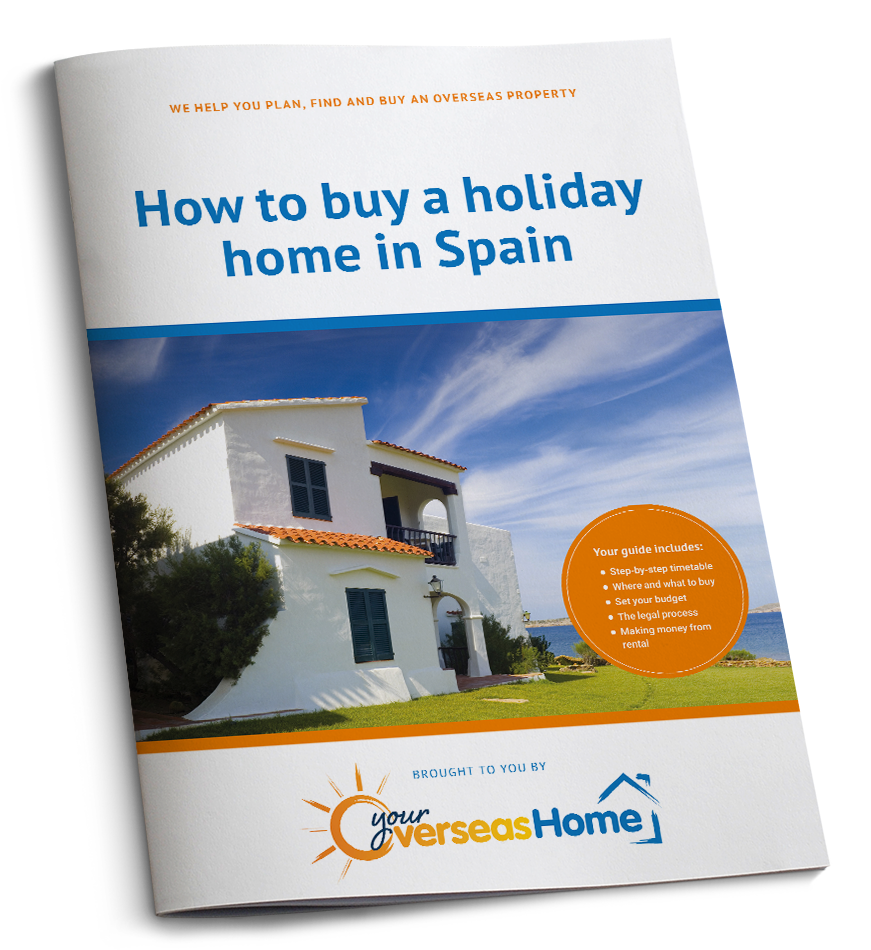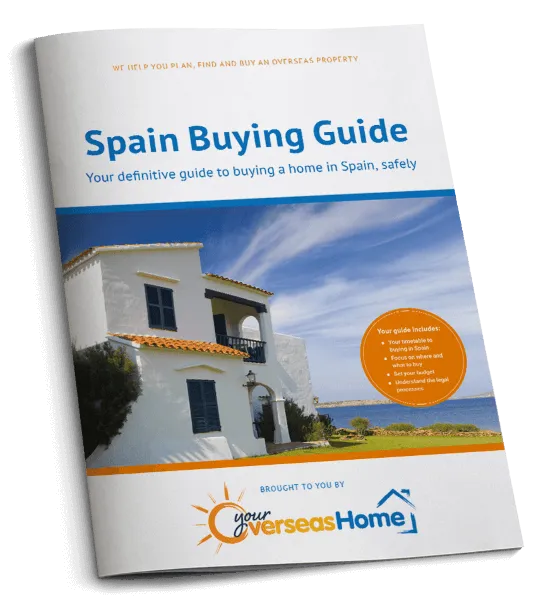For those that aren’t convinced the glittering beaches of the Costa del Sol or the bustling streets of Barcelona are for them, we like to suggest areas that are not often on the top of every international buyer’s list. Today, we zone in on the landlocked region of Castile-La Mancha. The area boasts of a curious literary history, beautiful nature, and affordable property options.
Find homes in Spain via our property portal.
The setting for the first ever novel
Most people will have heard of the fictional Spanish character, Don Quixote, whose adventures as an errant knight are full of humour and pathos. The book’s full title is “The Ingenious Gentleman Don Quixote of La Mancha”. It was written between 1605 and 1615 by Miguel de Cervantes. It is considered the first modern novel.
In the story, Alonso Quijano, a member of Spain’s lower nobility, imagines himself as a knight of old and sets off on a journey through La Mancha with his trusty servant, Sancho Panza, intending to practise old fashioned chivalry. His many travels take him through the interior of Spain and in particular to Castile-La Mancha, which is best known these days for its castles, windmills, manchego cheese and vineyards.
Ciudad Real City
The province of Ciudad Real is located within the Autonomous Region of Castile-La Mancha, its capital today being the city of the same name.
With a population of 75,000, which is quite large for a regional capital, Ciudad Real City has a fascinating history, a low cost of living, a hubbub of cafes and bars, and easy connections to the rest of Spain.
Some remnants of the mediaeval walls still exist in the city: 4 km of walls encircled the city and were interspersed by literally hundreds of towers. The 14th Century Puerta de Toledo is an important landmark and gateway into the city. Next to the cathedral is the Palacio Lopez Villasenor, named after the famous Spanish painter and it is now a museum dedicated to his works.
The city has many green spaces, Gasset Park being home to many fountains and sculptures. The main square, Plaza Mayor, is lined with cafés and tapas bars. For children, there is a water park open in the summer months and for golfers, Golf Ciudad Real.
The cost of living is lower than in most other Spanish cities, especially for students who come on Erasmus programmes. Crime is on a low level and the people are welcoming and friendly. From bars to clubs to restaurants, there’s plenty to do at night. Ciudad Real city is not a major tourist destination, which, for many, is a blessing. Plus, it is a very walkable city and benefits from a good integrated transport system.
Ciudad Real is well connected to other areas of Spain, with the AVE (high speed train) to Madrid taking just 50 minutes. By car, Madrid is under two hours’ drive. Madrid Barajas airport has flights which go all over the world. The fast train also goes to Seville in around two hours where there is an airport which is used by budget airlines as well as main international carriers.
Gastronomy: cheese & wine
The Manchego cheese produced in the region features on most menus and you can visit a cheese factory on one of the many gastronomical and wine routes that crisscross the province. Game is the speciality here, as is cod. Saffron and garlic are grown and exported, as is local honey.
Valdepeñas wine comes from Castile-La Mancha where most wines are red, with just three varieties of white grapes.
Trips into nature
About an hour’s drive takes you to the Riudera Natural Park. You will find 15 lagoons with crystal clear waters and waterfalls with activities such as hiking trails, kayaking, sailing, fishing and swimming.
A mere 35 minutes from the city is the Tablas de Damiel National Park. It’s here you’ll find wetlands unparalleled in Europe, with long paths of wooden boards from where you can enjoy watching the many types of birds which settle there.
Into the countryside: villages with a literary past & great beauty
Windmills are a big feature of the province of Ciudad Real, as are some pretty small towns and villages, wineries and imposing castles.
Argamasilla de Alba, which has a population of just under 7000, is one such place. It is particularly interesting because it was here that the author, Miguel de Cervantes was imprisoned and where he began to write his novel Don Quixote. There is also an artisanal cheese factory in the town and good restaurants and bars. It offers a slow pace of life amongst friendly people.
Villanueva de los Infantes is part of an association of “the most beautiful villages in Spain”, “Los pueblos más bonitos de España”. Its population is 5000. In 1974 it was named a Historic-Artistic Monument. The town has several Airbnbs, as it is one of the most visited places in the province. It is an undeniably pretty town with art galleries, ancient ruins and bridges. Cycling is for many the preferred way to travel around the countryside while for others, it is hiking.
Your property hunt…
There is a wide variety of property in the province and the city to suit all tastes and budgets. You can find two bedroom apartments in the city with parking and lifts for as little as €129,000 or a luxury 5 bedroom semi-detached house for €329,000. A detached four-bedroom property in Valdepeñas would cost in the region of €250,000 and a three-bedroom detached house in Argamasilla de Alba €210,000.
Finally, you might also like:

















